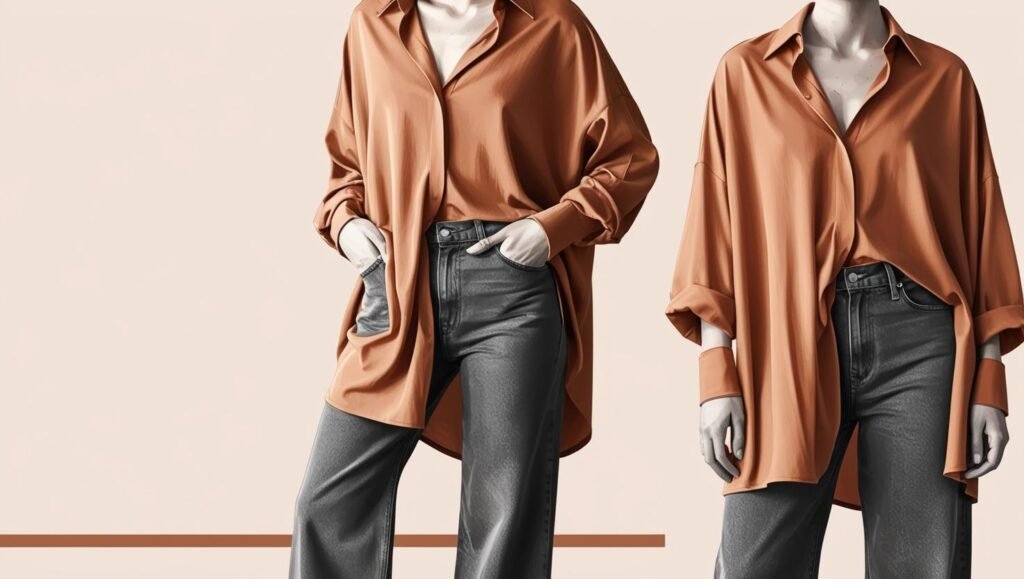
Classic elegance and environmental responsibility are not mutually exclusive concepts. In fact, a growing movement within interior design champions a harmonious blend of timeless aesthetics and sustainable practices. This approach, often referred to as classic eco-design, prioritizes the use of natural, durable materials, ethical sourcing, and mindful consumption to create interiors that are both beautiful and environmentally conscious. It’s a design philosophy that transcends fleeting trends, focusing instead on creating spaces that are as enduring as they are sustainable.
#The Principles of Classic Eco-Design:

At the heart of classic eco-design lies a commitment to several key principles:
- Material Selection: The cornerstone of this approach is the careful selection of materials. Prioritizing natural, renewable resources like sustainably harvested wood, bamboo, cork, and organic cotton minimizes the environmental impact. Reclaimed materials, such as salvaged wood or vintage tiles, offer unique character and significantly reduce the demand for newly manufactured products. These materials often possess a higher quality and durability, contributing to the longevity of the design.
- Ethical Sourcing: Knowing the origin of materials is crucial. Supporting companies committed to ethical labor practices and responsible forestry ensures that the environmental and social costs associated with production are minimized. Certifications like the Forest Stewardship Council (FSC) for wood products and Global Organic Textile Standard (GOTS) for textiles can help consumers make informed choices.
- Durability and Longevity: Classic eco-design emphasizes quality over quantity. Investing in well-made, durable pieces that are designed to last reduces the need for frequent replacements, minimizing waste and the associated environmental impact. This approach often involves selecting furniture and fixtures crafted from high-quality materials and built to withstand the test of time. Repairing and restoring existing pieces rather than discarding them is also a core tenet.
- Minimalist Approach: While classic design can incorporate rich textures and details, a minimalist approach to overall design helps avoid clutter and unnecessary consumption. Focusing on a curated collection of high-quality pieces rather than accumulating numerous items contributes to a more sustainable lifestyle. This mindful approach extends to color palettes, often favoring neutral tones inspired by nature, creating a sense of calm and tranquility.
- Reducing Waste: The entire design process should be mindful of waste reduction. This includes selecting materials with minimal packaging, opting for furniture with modular designs that can be easily adapted or reconfigured, and supporting companies committed to efficient production practices. Careful planning and precise measurements help minimize material waste during construction or renovatio
#Incorporating Classic Elements:

Classic eco-design draws inspiration from various historical styles, adapting them to incorporate sustainable practices. Elements like:
- Reclaimed Wood Flooring: The rich tones and unique character of reclaimed wood add warmth and authenticity to any space. Its durability and inherent beauty make it a sustainable and stylish choice for flooring.
- Handcrafted Furniture: Investing in handcrafted furniture supports local artisans and ensures higher quality, longer-lasting pieces. The unique character of handcrafted items adds a personal touch and contributes to a more sustainable approach to consumption.
- Natural Textiles: Organic cotton, linen, and wool are natural, breathable fabrics that offer comfort and style. Their natural fibers are biodegradable, making them a more environmentally friendly alternative to synthetic materials.
- Sustainable Paint and Finishes: Opting for low-VOC (volatile organic compound) paints and finishes minimizes the release of harmful chemicals into the air, creating a healthier and more sustainable living environment.
- Vintage and Antique Accents: Incorporating vintage or antique pieces adds character and history to a space while reducing the demand for new products. These items often possess superior craftsmanship and quality, ensuring longevity.
#Beyond Materials:

Classic eco-design extends beyond the choice of materials. It encompasses the entire design process, from planning and construction to the ongoing maintenance and care of the space. Consider:
- Energy Efficiency: Incorporating energy-efficient lighting, appliances, and insulation minimizes energy consumption and reduces the carbon footprint of the home.
- Water Conservation: Installing low-flow fixtures and implementing water-wise landscaping practices contribute to water conservation efforts.
- Natural Light: Maximizing natural light reduces the reliance on artificial lighting, further contributing to energy efficiency.
- Indoor Air Quality: Choosing natural materials and minimizing the use of harsh chemicals helps maintain good indoor air quality, creating a healthier living environment.
#Conclusion:
Classic eco-design offers a pathway to creating beautiful, sustainable interiors that stand the test of time. By prioritizing natural materials, ethical sourcing, durability, and mindful consumption, we can create spaces that are both aesthetically pleasing and environmentally responsible. This approach is not merely a trend; it’s a commitment to a more sustainable future, where elegance and environmental consciousness coexist in perfect harmony. It’s about creating homes that are not only beautiful but also contribute to a healthier planet.
Discover more from Fashionforwardworld.com
Subscribe to get the latest posts sent to your email.






Goooooood!
Nice👌👌👌👌👌
nasireti58@gmail.com
Very nice
Nice 👍👍👍👍👍👍
Wooow!